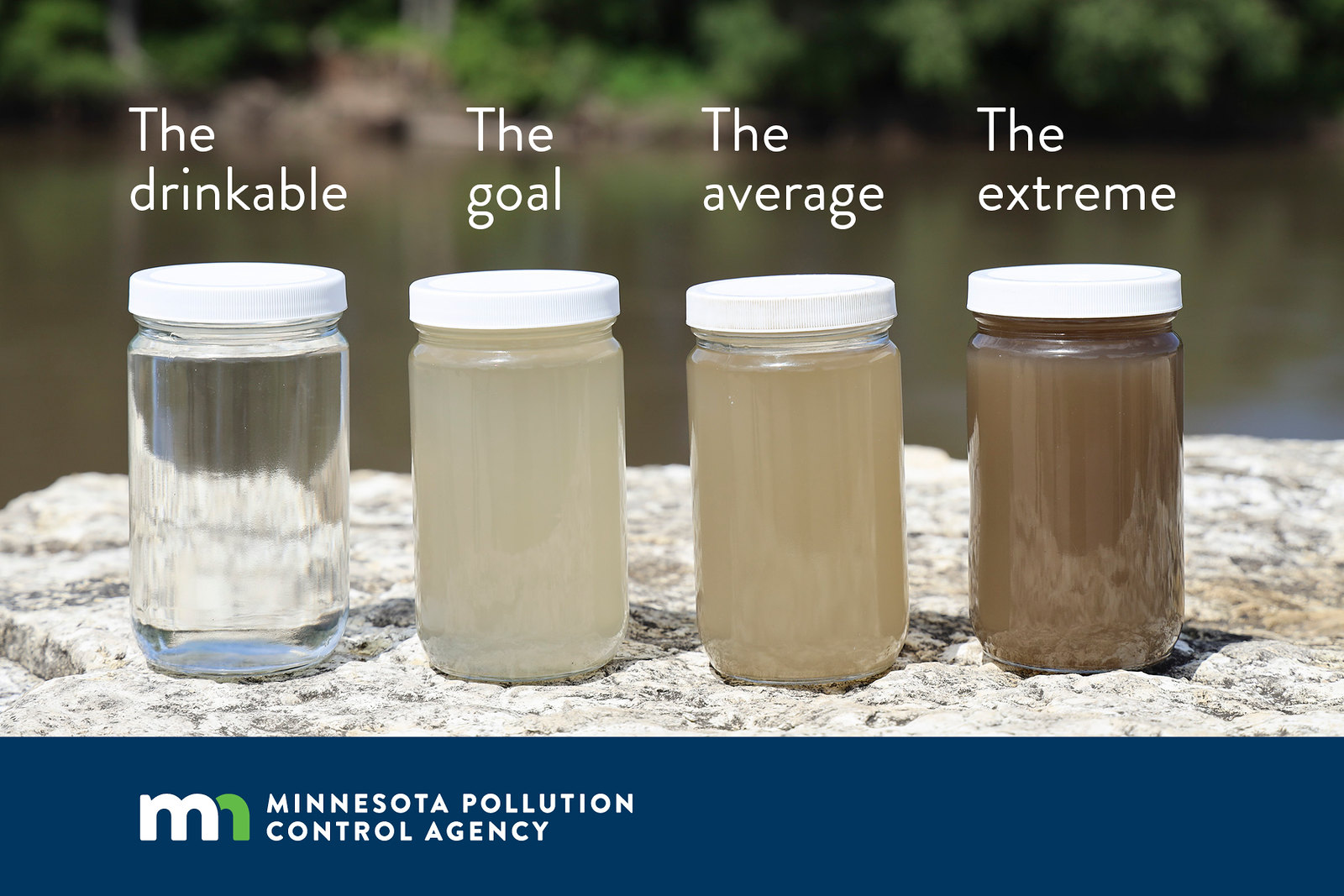State research offers fresh look at a troubled Minnesota River
The Minnesota Pollution Control Agency recently released a series of reports, studies and plans addressing water contamination in the Minnesota River — a key tributary to the Mississippi River in Minnesota.
The data suggest that the river, which flows 335 miles from Big Stone in South Dakota to the Mississippi River near St. Paul, is in need of some big changes if the state's water quality goals are to be met.
Here’s a brief summary of the state’s four recent updates on the Minnesota River.
1. The Lower Minnesota River
The Lower Minnesota River Watershed covers about 1,760 square miles of land, including the lower reach of the Minnesota River as it flows into the Mississippi River at Bdote, the confluence at Fort Snelling. The state has completed a multi-year effort to collect data on 103 lakes and 117 stream sections in the lower portion of the Minnesota River. The report found some troubling results:
- 84% of streams didn’t meet standards for supporting fish and other aquatic life
- 95% of streams had unsafe levels of bacteria
- 55% of lakes were impaired for excess nutrients (phosphorus and nitrogen)
- 46% of lakes had elevated levels of chemical pollutant PFOS
- 90% of wetlands have been drained
2. Sediment pollution in the Minnesota River & Greater Blue Earth River
A second report examines streams in the Minnesota River and Greater Blue Earth River basin. Data show that these streams suffer from high turbidity: soil and other particles suspended in the water that block light and make it difficult for fish and other aquatic life to thrive.
In aggregate, the state found that sediment reductions of 50% are needed. That reduction goal can be met through a mix of water storage, drainage water reforms, stream bank protection and widespread changes to our cropping systems to hold more water and soil on the land.
3. Restoring the Watonwan River
The Watonwan River drains about 878 square miles of mostly farmland in south-central Minnesota. The state recently completed an assessment of the watershed and has crafted a draft restoration and protection strategy. The strategy, which is open for public comment through September 20, 2019, calls for significant pollutant reductions, including:
- 50% reduction in nitrogen
- 40% reduction in phosphorus
- 65% reduction in bacteria
- 20% reduction in sediment
- 25% reduction in peak stream flows
4. Restoring the Minnesota River-Mankato
The Minnesota River-Mankato watershed drains about 861,0000 acres of mostly agricultural land that flows directly into the Minnesota River in eight counties in south-central Minnesota. The state completed an assessment for this watershed as well and has crafted a draft restoration and protection strategy. It's also open for public comment through September 20, 2019, and calls for similar pollutant reductions, including:
- 60% reduction in nitrogen
- 50% reduction in phosphorus
- 60% reduction in bacteria
- 50% reduction in sediment
- 25% reduction in peak stream flows
Moving forward
Solving agricultural pollution in the Minnesota River Basin is no easy task. If it were, we'd have succeeded already! But these challenges are complex and go beyond simple farming practices.
Today's leaky annual row crops (like corn and soybeans) combined with intensive drainage, fertilization and tillage make getting to clean water nearly impossible with today's annual cropping systems and best management tools.
That's why FMR and a number of agribusinesses, farm groups, state and local governments and research institutions are working together to advance new cropping systems that can move the needle on water quality while maintaining, or even enhancing, farm prosperity.
Check back on FMR's Water Blog to how we're working with diverse partners across the state to bring clean water and healthy farms to the Minnesota River Basin in the years to come.
Join us!
Sign up as a River Guardian and we'll email you when there's a chance to act quickly online for the river. Plus you'll be invited to special events like educational happy hours.
